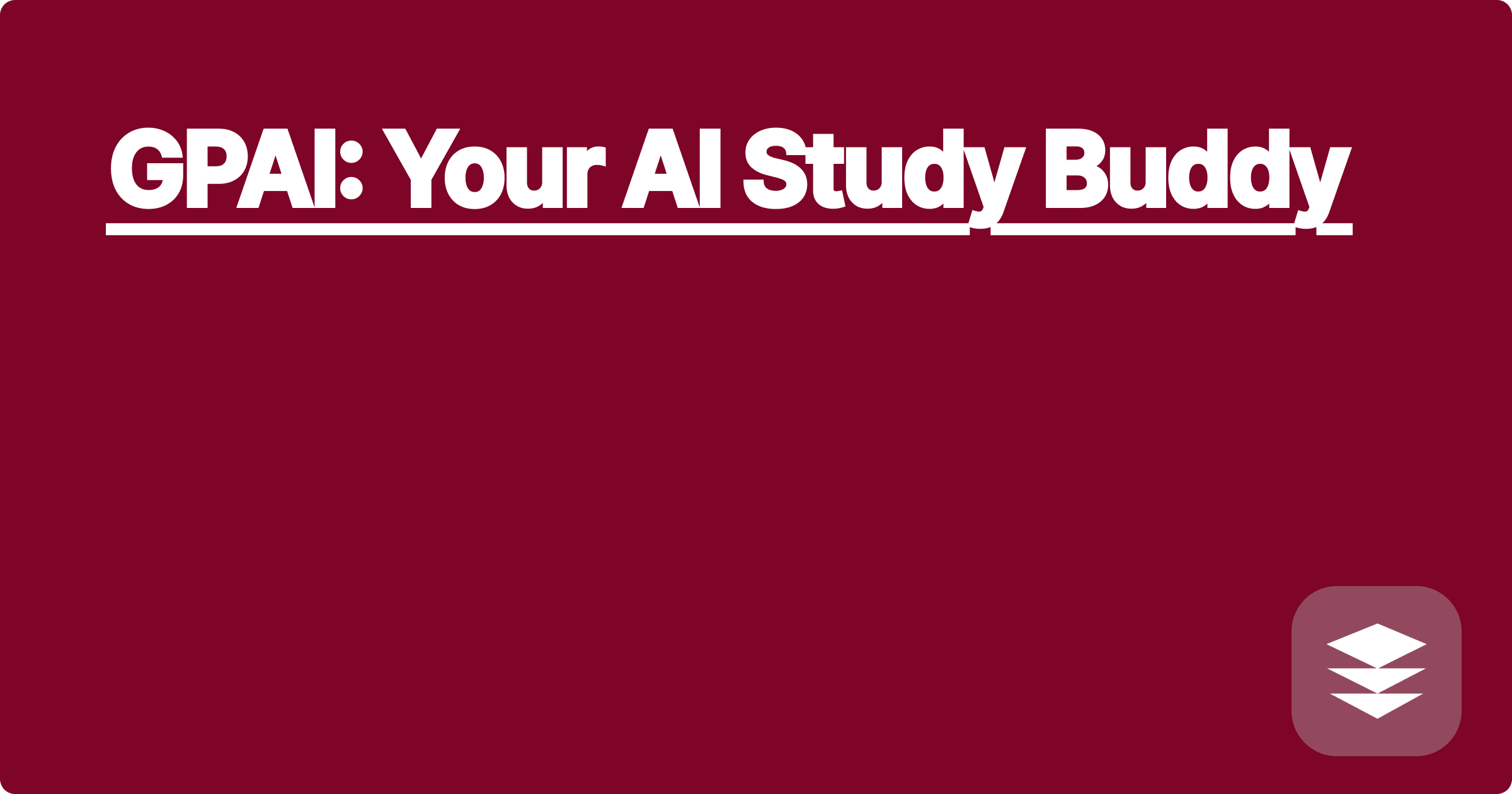
The demanding world of STEM education presents a unique set of challenges for students and researchers alike. The sheer volume of information, complex concepts, and the need for rigorous analytical thinking can often feel overwhelming. However, a powerful ally has emerged in the form of artificial intelligence, offering innovative solutions to navigate these complexities and unlock new levels of understanding. AI tools are rapidly transforming the learning landscape, providing personalized support, automating tedious tasks, and enhancing comprehension in ways never before imagined.
This transformation is particularly relevant for STEM students and researchers striving for academic excellence. AI can serve as a personalized tutor, research assistant, and even a coding partner, empowering individuals to tackle complex problems with greater efficiency and confidence. By leveraging the power of AI, STEM students can not only improve their academic performance but also develop crucial skills for the future workforce, where AI proficiency will be increasingly essential. This blog post will explore how AI, specifically focusing on tools like ChatGPT, Claude, and Wolfram Alpha, can become your personalized AI study buddy, guiding you through the intricacies of STEM education and research.
STEM fields often require grappling with intricate problems involving complex calculations, data analysis, and theoretical understanding. These challenges can range from solving multi-variable calculus problems to designing intricate algorithms or deciphering complex research papers. Understanding the underlying principles and mastering the necessary techniques are crucial for success, but the sheer depth and breadth of knowledge required can be daunting. This is where AI can step in to bridge the gap.
Many STEM students struggle with translating theoretical concepts into practical applications. For instance, understanding the theoretical underpinnings of Maxwell's equations in electromagnetism is one thing, but applying them to solve a real-world problem involving electromagnetic wave propagation is quite another. Similarly, in computer science, grasping the intricacies of data structures and algorithms is essential, but implementing them efficiently to solve specific coding challenges requires a different level of skill. This disconnect between theory and practice can be a significant hurdle for many students. Furthermore, the vast amount of information available can make it challenging to filter out relevant information and focus on the core concepts.
AI tools like ChatGPT, Claude, and Wolfram Alpha can be invaluable resources for bridging this gap between theory and practice. ChatGPT and Claude, for example, can explain complex concepts in simpler terms, provide step-by-step solutions to problems, and even generate practice questions tailored to specific learning needs. Wolfram Alpha excels at performing complex calculations, providing visualizations, and offering step-by-step solutions to mathematical and scientific problems. By leveraging these tools, students can gain a deeper understanding of the material and develop the skills needed to apply their knowledge effectively.
Let's consider a scenario where a student is struggling to understand the concept of eigenvalues and eigenvectors in linear algebra. They can start by prompting ChatGPT or Claude with a question like "Explain eigenvalues and eigenvectors in simple terms with an example." The AI will then provide a clear explanation, often accompanied by illustrative examples. Next, the student can ask for practice problems, specifying the level of difficulty or the specific type of matrix they want to work with. Once they have attempted the problems, they can use Wolfram Alpha to verify their solutions or to see step-by-step solutions if they get stuck. This iterative process of learning, practicing, and verifying can significantly enhance understanding and problem-solving skills.
Consider the problem of calculating the integral of x^2 * sin(x) from 0 to pi. Inputting this query into Wolfram Alpha will not only provide the numerical result but also show the step-by-step integration process, including the application of integration by parts. Similarly, if a student is struggling to understand the concept of recursion in computer science, they can ask ChatGPT to "Explain recursion with a simple example in Python." ChatGPT will then provide a clear explanation along with a Python code snippet illustrating a recursive function, perhaps for calculating the factorial of a number. Furthermore, these AI tools can be used to generate code in various programming languages for specific tasks, such as implementing a sorting algorithm or creating a data visualization.
To effectively utilize AI in STEM education, it's crucial to be specific in your queries. Instead of asking a general question like "Explain calculus," ask a targeted question like "Explain the chain rule in calculus with an example." This specificity will yield more relevant and helpful responses. It's also important to actively engage with the AI, asking follow-up questions and exploring different approaches to problem-solving. Don't simply rely on the AI to provide answers; use it as a tool to guide your learning and deepen your understanding. Finally, remember that AI is a supplement, not a replacement, for traditional learning methods. Use it in conjunction with textbooks, lectures, and other resources to maximize your learning potential.
In conclusion, AI tools like ChatGPT, Claude, and Wolfram Alpha offer unprecedented opportunities for STEM students and researchers to enhance their learning and research capabilities. By understanding how to effectively utilize these tools, students can overcome challenging concepts, improve problem-solving skills, and ultimately achieve greater academic success. Start exploring these AI tools today and discover how they can transform your STEM learning journey. Embrace the power of AI and unlock your full potential in the exciting world of STEM.
AI Chemistry Solver: Ace Exams
AI Statistics Help: Data Analysis